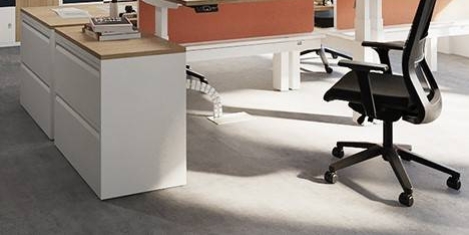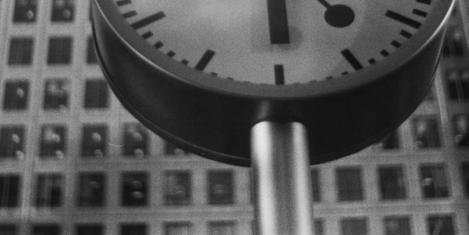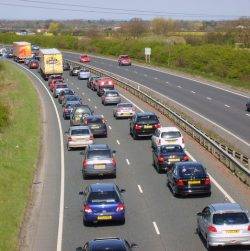February 27, 2018
Unnecessary meetings costing UK business more than £191bn a year
 UK office workers are spending almost an entire working day every week attending and preparing for unnecessary meetings, according to a new survey from meeting technology firm eShare. The average office worker spends 10 hours 42 minutes every week, preparing for and attending 4.4 meetings, with 2.6 of those deemed unnecessary. With the average meeting revealed to have 6.8 attendees, this equates to annual staff costs for unnecessary meetings per business of over £35,000, based on ONS average earnings data. With 5.4 million businesses in the UK, this means the total staff cost per year is more than £191bn, according to the firm.
UK office workers are spending almost an entire working day every week attending and preparing for unnecessary meetings, according to a new survey from meeting technology firm eShare. The average office worker spends 10 hours 42 minutes every week, preparing for and attending 4.4 meetings, with 2.6 of those deemed unnecessary. With the average meeting revealed to have 6.8 attendees, this equates to annual staff costs for unnecessary meetings per business of over £35,000, based on ONS average earnings data. With 5.4 million businesses in the UK, this means the total staff cost per year is more than £191bn, according to the firm.

















 The construction industry needs new talent and skills to help in the adoption of new technologies to meet the challenges of digital transformation. It must also become more diverse, including increasing the percentage of women in the industry. These are the recommendations of a new report from the World Economic Forum, developed in collaboration with The Boston Consulting Group (BCG), Shaping the Future of Construction: An Action Plan to solve the Industry’s Talent Gap. The report argues that the Infrastructure and Urban Development (IU) industry has failed to innovate as quickly as other sectors, resulting in stagnating productivity and negative effects on the economy, society and the environment. An ongoing industry-wide shortage of qualified workers is among the key reasons for this issue. It has undermined project management and execution, adversely affecting cost, timelines and quality. It also has impeded the adoption of new digital technologies, such as building information modelling (BIM), automated equipment and cloud-based collaboration tools, which could improve productivity. The report provides twelve key actions which needs to be implemented to close the structural talent gap of the construction industry.
The construction industry needs new talent and skills to help in the adoption of new technologies to meet the challenges of digital transformation. It must also become more diverse, including increasing the percentage of women in the industry. These are the recommendations of a new report from the World Economic Forum, developed in collaboration with The Boston Consulting Group (BCG), Shaping the Future of Construction: An Action Plan to solve the Industry’s Talent Gap. The report argues that the Infrastructure and Urban Development (IU) industry has failed to innovate as quickly as other sectors, resulting in stagnating productivity and negative effects on the economy, society and the environment. An ongoing industry-wide shortage of qualified workers is among the key reasons for this issue. It has undermined project management and execution, adversely affecting cost, timelines and quality. It also has impeded the adoption of new digital technologies, such as building information modelling (BIM), automated equipment and cloud-based collaboration tools, which could improve productivity. The report provides twelve key actions which needs to be implemented to close the structural talent gap of the construction industry.
















February 5, 2018
Developing a cultured nose for what makes workplace design great
by Steve Brewer • Comment, Workplace design
(more…)